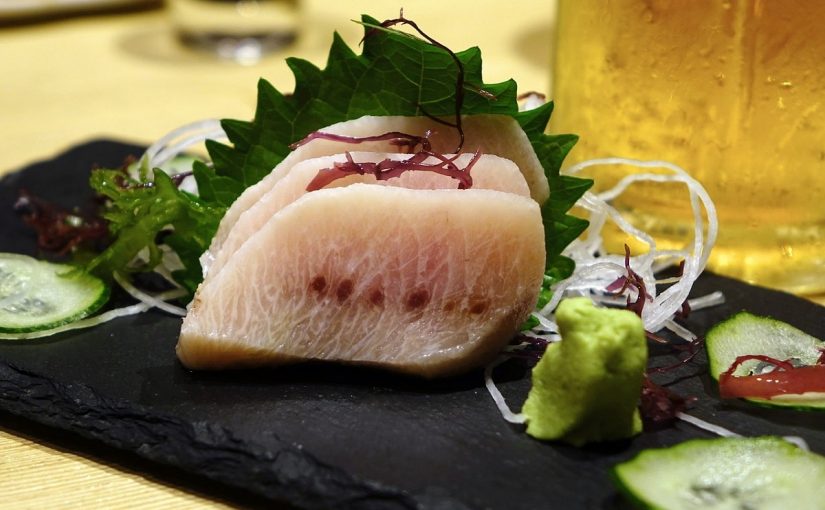7.10.2018
SEA AND FAITH IN SCILLA
Many devotees of San Francesco di Paola, patron saint of Calabria and seafarers, meet, as usual, every year in Scilla, where they celebrate from Thursday 12 April to Sunday 15 a festival, in the picturesque neighborhood around the church of the Holy Spirit, on the seafront at the foot of the Castle.
The procession begins, every year, with the translation of the venerated statue of St. Francis to the beach and the delivery of a laurel wreath to the sea in memory of all those who fell into the sea.
The procession continues through the districts of Chianalea and Marina Grande.
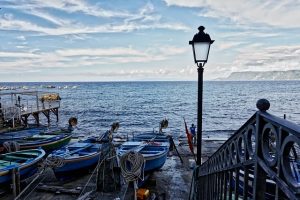
It is in memory of an extraordinary history: the prodigy around the 1500 of crossing the Strait of Messina “on the mantle”. St. Francis had come with his companions in Catona, a village in the province of Reggio, five kilometers from Villa San Giovanni, which stands opposite the lighthouse of Messina, and is the nearest point for embarking from the continent to Sicily. On that beach there was a small port, from which daily transport boats departed, and Francesco hoped that he and his friars, not having money, in charity of a local seafarer. Instead, he did not help them, therefore St. Francis prayed God and his mantel became a supernatural ship, provoking the immediate conversion of the seafarer and of all surrounding people.
…This is a short introduction to the culture of the sea in Scilla, the faith and the devotion that you can find inside such beautiful place, the town of Scilla, a village of seafarers, and inside its cuisine.
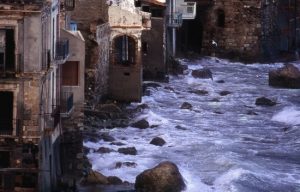
In the apparent desert of the rocks, immersed in a violet sea, of the lonely castle, the beach, the small economy of the village, instead, you can find the same faith of St. Francis that the sea will be crossed by the crafts of the fishermen,…and will give its treasures: the swordfish.
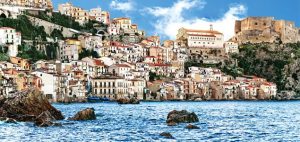
SCILLA AND THE SWORDFISH
Scilla is strictly associated to the hunting of the swordfish.
The hunting begins in the summer, when the fish is in love, passes from the Strait in its migration to the south, shaving the Costa Viola in the stretch between Bagnara and Scilla. When it goes up again, from mid-July, it will pass instead of the coast of Ganzirri, and it is there that the swords will beat in search of their booty. The hunting technique is more than two thousand years old, and it is virtually unchanged since when it was described by historian Polibius in 2nd Century B.C.
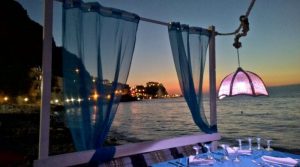
Morning light, during the summer hunting, is spectacular in Scilla. In fact, the town is an important tourist resort of the Violet Coast, so-called because of the color that water reflects at particular times of the day. The colors are not yet completely defined, but the day is clear, only the Aeolian can not be seen, but the promontory of Sant’Elia stands out to the north, and then behind Capo Vaticano. Scilla enchants visitors with its Castle overlooking the sea, the colorful houses leaning on each other, the views of the Strait of Messina and Sicily.
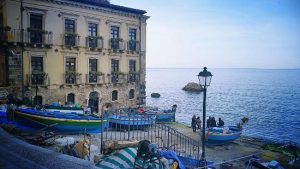
As mentioned above, this tradition about the swordfish is very ancient, its cuisine is rooted in the Greek and Roman culture.
Notwithstanding the myth narrated in the Odyssey (the town’s name seems to derive from the mythological figure of Scylla, a young nymph who refused Glauco’s love), Scilla’toponym is still uncertain: according to the historian Polybius would date back to the times of the Trojan War, but the first fortification is probably from the 5th century B.C. In late Greek age it was a fortress known as the “Oppidum Scyllaeum”, subsequently strengthened in Roman times. Anyway, history blends with mystery, recalling the myths and legends of Ulysses fighting against Scylla and Charybdis, told by Homer and Dante Alighieri.
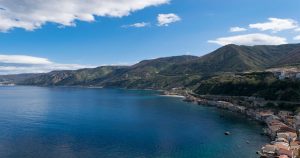
This explains why the fishermen of Scilla conserve any old rituals linked to the Greek fishing of the swordfish; in ancient times there were propitiatory songs “strictly” in Greek.
GASTRONOMY OF THE SWORDFISH
The Mediterranean gastronomy of Scilla is based on the swordfish.
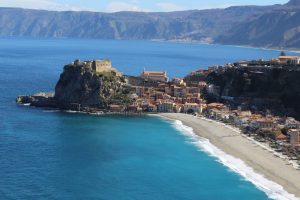
The body of Swordfish and its flesh are delicate, rosy and very nutritious. This fish lives in the deep waters in the south of the Tyrrhenian Sea and re-emerges in spring, when the adult specimens approach the coast in search of the female.
Swordfish is a fast fish that can reach 100 km per hour and adult specimens can reach 3 meters in length and reach a weight of 150 kilos.
It is equipped with a sword that makes up almost a third of its body.
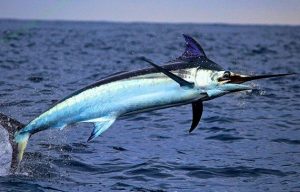
Local cuisine knows the swordfish roasted, in fillets, in countless seasonings for delicious first courses.
A very particular form, anyway, is that of the roulade, a typical recipe of this pretty village overlooking the Strait of Messina. Indeed, a culinary ritual is that of the swordfish cooked in rolls, so called “of Messina”, which require expertise and wisdom, as well as a cut of the particular fish, to obtain small and tasty morsels.
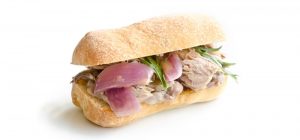
Further, there is the famous swordfish sandwich that you can taste everywhere in Scilla, a pride of local cuisine. Probably the most popular gastronomic two versions of the sandwich are that with tomatoes, olives blacks and capers, or that one with caramelised Tropea onion or rocket and flakes of grain.
In both case, it is a delicacy to enjoy, while watching the changing blue of the coast from the top of the village. Or walking through Chianalea, the charming fishing village that offers, among the houses on the water, of real windows on the sea as in a painting of an author.
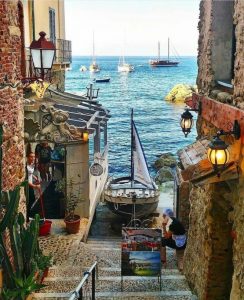
The best companion for the sandwich or the rolls is an aromatic glass of Cirò red wine.
OTHER FEATURES OF LOCAL GASTRONOMY
The main economic activities in the area of Scilla are tourism, agriculture and fishing. Farm products include olives, figs, vegetables and selected citrus fruits.
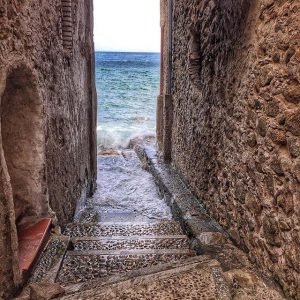
The variety of the Violet Coast lands provides for the ingredients of traditional sea and delicacies from the Pre-Aspromonte hills: cheeses, cold cuts, mushrooms and vegetables in olive oil, grilled aubergines and dried tomatoes, olives in oil, fried courgette flowers, ragoût and goat and pork meat sauces for home-made pasta, the “maccarrùni i casa”.
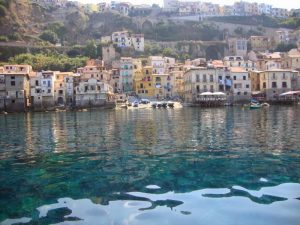
The main fish dishes are based on local products including, of course, swordfish, but also silver scabbardfish, garfish, sunfish, sauries, various shellfish and octopuses.
Traditional scabbardfish-based recipes (spatola alla “scigghitàna”), with specific doses of vinegar and mixed herbs growing among terraced grapevine rows, confirm that the main activities of the town are agriculture and fishing.
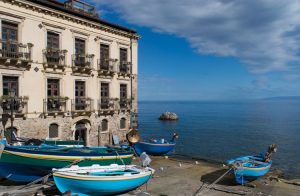
Traditional cookies are produced during the feast periods, and include “mustacciòli”o “‘nzuddhi”, “piparèlle”, “susumèlle”, “petrali” made with honey, almonds and flavored dried figs. Custards, desserts and lemon, orange and bergamot liqueurs always come at the end of the meal.

